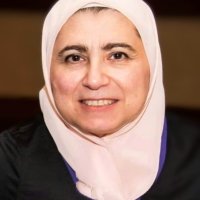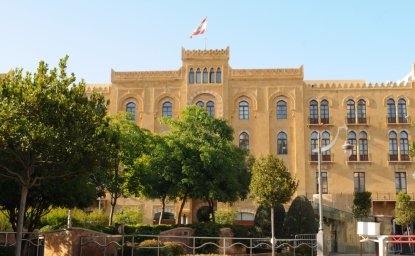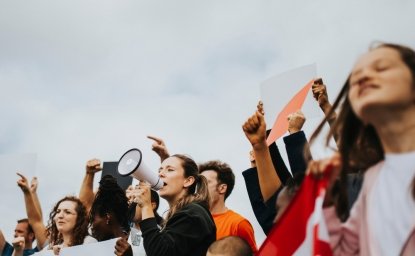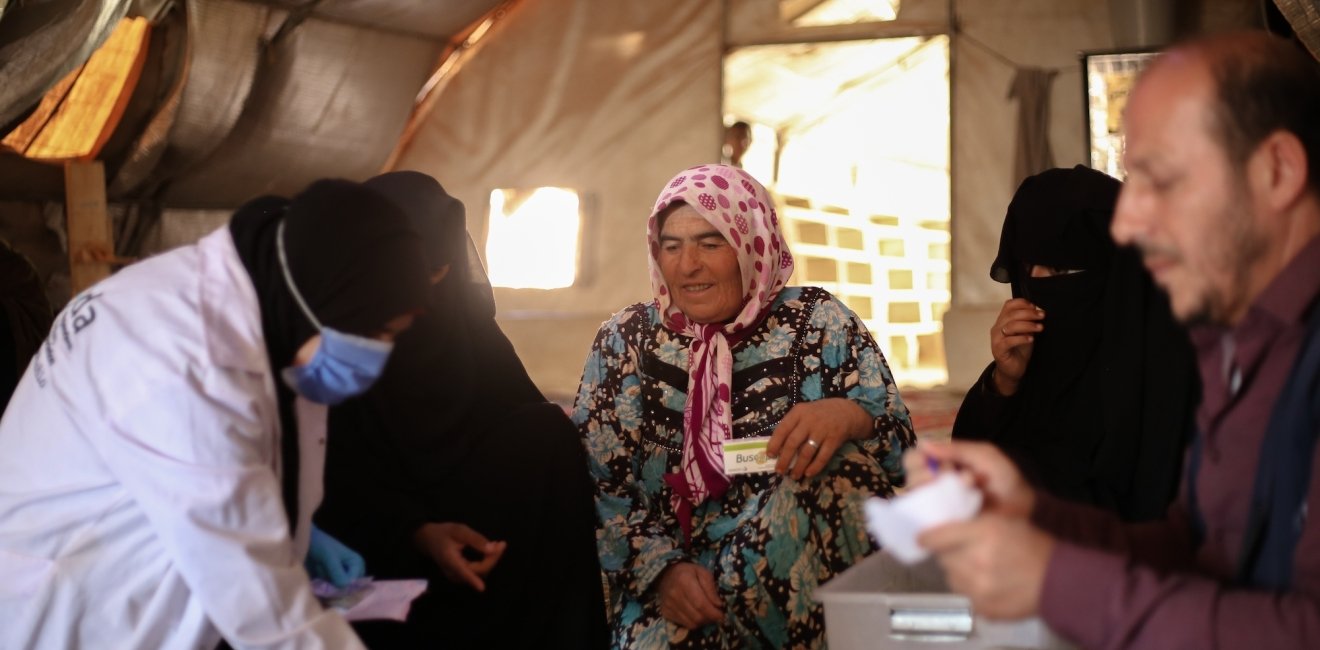
A blog of the Middle East Women's Initiative
Around the clock, our dedicated doctors and nurses, both men and women, provided emergency care, evacuated mothers and newborn babies, stabilized critical patients, and performed trauma-related surgeries.
When I joined the Syrian American Medical Society (SAMS) in 2011, I did not expect that same year would mark the beginning of a devastating chapter for Syria—the country of my birth—a chapter that has lasted 12 years and counting. At that time, the wave of the Arab spring was sweeping across the region reaching the streets of Damascus and other cities and towns. Civil protests were met with unimaginable violence from the government security forces. In a matter of months, the situation developed into an armed conflict that spread across the country, causing civilian suffering, trauma, poverty, and loss of innocent lives, not to mention the displacement of half of the population and the destruction of essential infrastructure.
Through SAMS, the Syrian medical diaspora and local health providers in Syria worked tirelessly to deliver life-saving care. We treated victims of chemical attacks, attended to injuries from barrel bombs, assessed children malnourished from siege, and delivered babies in hospitals under airstrikes. When COVID-19 reached Syria, we established isolation units and utilized telemedicine to train medical providers on how to care for patients and control the virus spread.
February 6, 2023 marked the start of yet more challenges for humanitarian actors and the 4.5 million people that reside in northwest Syria, a third of whom were already living in tents. The devastating earthquakes killed 4,500, injured over 12,000 and made at least 100,000 homeless, while damaging over 50 health facilities. With very little international aid entering the area in the immediate aftermath, SAMS, along with other local organizations, had to respond alone.
Responding to the medical crisis
SAMS hospitals became critical points of care for victims brought in by the local search and rescue teams. Around the clock, our dedicated doctors and nurses, both men and women, provided emergency care, evacuated mothers and newborn babies, stabilized critical patients, and performed trauma-related surgeries. We dispatched mobile medical teams to the hardest-hit areas, distributed life-savings medical supplies, and sponsored emergency shelters and food assistance.
In the US, where I am based, Syrian American volunteer physicians immediately reached out eager to join field missions, bringing much needed relief and expertise to exhausted and ill-equipped medical providers, who, once again, lost members of their families and had their own lives shattered.
The earthquake disaster intensified existing vulnerabilities, and emphasized the need for robust, local-led preparedness and response systems that are not simply a reaction to acute crisis upon crisis. Enhancing capacity to respond inside conflict-affected areas in Syria is critical in order to meet the immediate and long-term needs of survivors within these communities. This starts with rebuilding and repairing the medical facilities and equipment damaged from the earthquake and a war known for its vicious targeting of hospitals and clinics, in addition to overcoming barriers related to a politicized cross-border aid mechanism.
Unfortunately, United Nations delivery of supplies to northwest Syria currently depends on a Security Council Resolution and is at risk due to limitations imposed by Russia and threats to remove it entirely with no viable alternative. Such a vital lifeline should never be controlled by result of a veto.
Healing from the Earthquake
Four months have passed since the first earthquake and the 10,000 aftershocks that followed. The region is slowly recovering, but new needs have emerged that demand serious long-term investment. Hundreds of Syrian healthcare professionals were killed during the conflict and even more left the country in fear of persecution. The education and training of physicians and allied healthcare providers must be prioritized.
Earthquake survivors—many of them amputees—are confronted with new-found mobility issues and require physical and occupational therapy, assistive devices, and prostheses. Syrians with chronic health conditions, such as cancer, can no longer receive care in southern Turkiye due to the earthquake devastation, placing yet more strain on limited health infrastructure in northwest Syria. Outbreaks of cholera—a disease typically caused by inadequate water and sanitation infrastructure—remain a threat as we enter the hot summer months.
Less visible is the psychological trauma. Surveys confirm the lasting impact of the disaster on the mental health of children and adults. Nightmares, fear, depression, suicidal ideation, and symptoms of post-traumatic stress disorder have all been reported. Complex, multi-layered mental health needs stemming from protracted crisis, coupled with the scarcity of mental health and psychosocial support specialists, necessitate immediate capacity building and significant funding for years to come, not only aiming to save lives, but also to restore hope and faith in humanity.
Author


Middle East Program
The Wilson Center’s Middle East Program serves as a crucial resource for the policymaking community and beyond, providing analyses and research that helps inform US foreign policymaking, stimulates public debate, and expands knowledge about issues in the wider Middle East and North Africa (MENA) region. Read more


Middle East Women's Initiative
The Middle East Women's Initiative (MEWI) promotes the empowerment of women in the region through an open and inclusive dialogue with women leaders from the Middle East and continuous research. Read more

Explore More in Enheduanna
Browse Enheduanna
Women are the Catalysts for Change in Lebanon

How Education Can Empower Young Women in MENA


